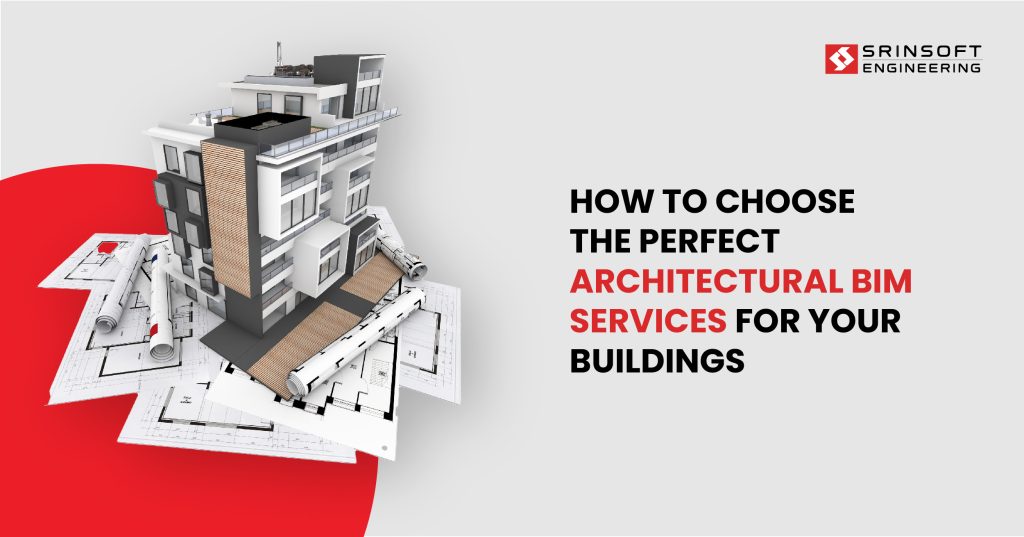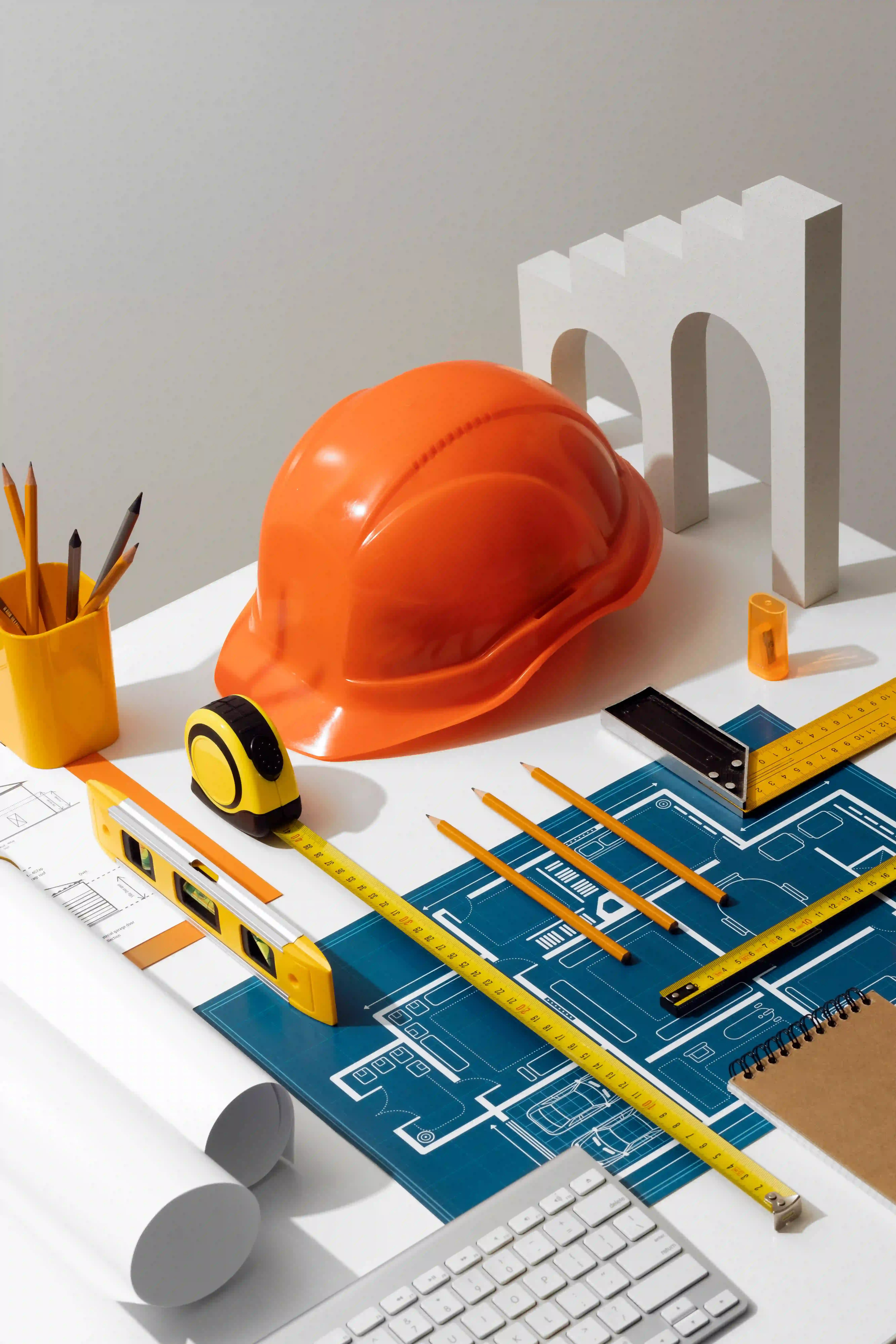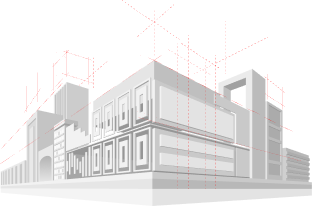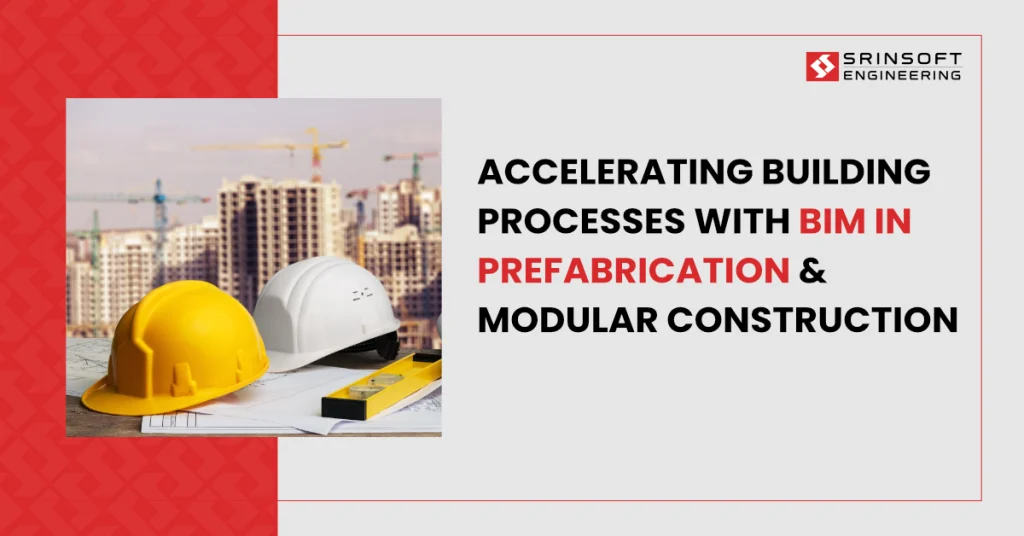
Architects can create beautiful, innovative designs, but that’s only the beginning. The real complexity begins when these designs must be brought to reality which typically involves designs being interpreted by engineers, coordination across various trades (like plumbing, structural, HVAC etc.) and finally constructing within several constraints.
To seamlessly achieve such a multi-faceted undertaking, architectural BIM services play` a critical role as they act as a bridge between design and execution. They are indispensable for design and construction of building because they:
- Provide a 3D digital model with precise dimensions, materials, and technical specs
- Have the facility to simulate construction, test buildability, and detect issues before physical work begins
- Enable automated documentation (drawings, schedules, quantities) straight from the model which reduces errors
With architectural BIM services, workflows and teams which are otherwise siloed can come together and work in sync, which ultimately reduces ambiguity and improves communication.
What are Architectural BIM Services?
At its core, Architectural BIM services are a set of digital design and documentation solutions that cater to bringing design to life in the most collaborative way and with precision.
These services use Building Information Modeling (BIM) technology to create digital representations of the physical and functional characteristics of a building that ultimately provide accurate designs.
Architectural BIM services typically include the following:
- Conceptual and detailed modeling
- Construction documentation
- Clash detection and design coordination
These services support every phase of a building’s lifecycle and are much superior to conventional 2D designs. This is because BIM services transform the traditional process by creating intelligent 3D models that integrate geometry, spatial relationships, and detailed building data in a unified environment.
What makes these services truly valuable is their ability to reduce costly rework and accelerate construction timelines. They also offer integration with other disciplines such as structural and MEP systems which help stakeholders across various divisions collaborate seamlessly.
Benefits of Architectural BIM Services
BIM services have been a transformative approach in the AEC industry as they have revolutionized the way buildings are designed, constructed, and even maintained. Following are some of the notable benefits of architectural BIM services.
1. Enhanced Collaboration and Communication
BIM software helps create single, integrated 3D model which is built collaboratively by architects, structural engineers and MEP engineers. Modern BIM workflows use cloud-based platforms which provide real-time collaboration from different locations.
With a centralized model containing comprehensive information, all stakeholders from the design team in the office to contractors on-site can view and interact with the same up-to-date model, reducing fragmentation and delays.
2. Better Design Accuracy
BIM tools create intelligent 3D models where each element (e.g., walls, beams, ducts) contains detailed data about them. This helps simulate real-world behavior and come up with better design quality before construction begins.
BIM software also has clash detection tools that can automatically scan the 3D model and highlight conflicts in design. These features in BIM not only enhance the quality of the final output but also minimize delays.
3. Cost and Time Efficiency
BIM has many extensive features that can optimize project planning and resource allocation. Here are some of those notable ones:
▶ Quantity Take-Offs (QTO) – Generating precise quantity schedules based on model data can ensure that the right amount of materials and components are acquired for a construction project.
▶ 4D BIM (Construction Sequencing) – Connecting construction activities to their corresponding model elements and understanding how the project will progress over time will improve timeline visibility and reduce bottlenecks.
▶ 5D BIM (Cost Estimation) -Linking cost data to every model component and phase of construction enables proactive cost control and aligns spending with the budget and schedule.
4. Improved Facility Management and Maintenance
This is a long term benefit that BIM services offer after the construction of a building. BIM models also store metadata about building components like make, model, installation date, warranty, expected service life among many others. These are very useful for efficient maintenance scheduling.
BIM acts like a digital inventory of all building assets where each asset in the model has a unique ID, location, and lifecycle information. Facility managers can use the model to locate items, track warranties or service histories and even plan replacements.
5. Better Visualization and Client Communication
By providing immersive 3D walkthroughs and realistic renderings, clients can better understand the design intent and make decisions early in the process. This leads to higher satisfaction and fewer late-stage changes.
Key Features of Architectural BIM Services
Architectural BIM services aren’t merely for 3D modelling. They go far beyond just modelling to integrate exhaustive data and intelligence across a building’s lifecycle. Understanding the key features of BIM services can help stakeholders to make the most out of their potential.
Sustainability and Energy Analysis
Modern BIM platforms integrate with (or have built-in) simulation engines that help architects analyze early in the design process the environmental and energy performance like daylight, ventilation, thermal performance, and energy consumption. These simulations are extremely useful in making data-driven decisions about the features of the building. All of this leads to greener buildings and better comfort for occupants while lowering operational costs.
BIM Standards and Implementation
A reliable BIM service provider will integrate and adhere to architectural standards like ISO 19650 or national BIM mandates. This ensures that the buildings are designed and constructed according to industry expectations. Over and above, following architectural standards also helps in maintaining interoperability between different disciplines and even different software tools when working on the same project data.
Collaboration and Communication
Collaboration is at the heart of BIM. With cloud-based platforms like Autodesk BIM 360, teams can:
- Work on a shared model in real time
- Streamline resolution of design issues
- Managing revisions and ensure everyone is aligned
All these can be achieved whether professionals work on-site or remote. This drastically reduces rework and miscommunication across the project lifecycle.
Documentation and Reporting
BIM automates the generation of detailed construction documentation. BIM models contain intelligent objects that can be digitally manipulated. If you move a wall in the model, all dependent views (floor plan, elevation, section) update automatically. Documentation (like plans, elevations, sections, schedules) is automatically generated from this model.
BIM platforms have the facility to extract real-time data from the model and generate a variety of reports. These reports are often visual (dashboards, charts, lists) and connected live to the model. This is very useful for managers to
- Make data-driven decisions faster
- Spot delays or cost overruns early
- Communicate status clearly to stakeholders
- Stay compliant with regulations by monitoring key metrics
Tips to Choose the Right Architectural BIM Service
Since BIM plays such a critical role in modern construction projects, it becomes all the more important to choose the right service provider to ensure the success of the project. Here are key tips to guide your selection process.
💡 Assess Experience and Expertise
Start by evaluating how experienced your prospective service provider is and the technical expertise they possess. A provider with a proven track record across a wide range of projects like residential, commercial, and institutional brings with them practical knowledge and ability to adapt to requirements. Look for their portfolios, case studies, and client testimonials to evaluate their competency.
💡 Technological Competence
Equally important is their technological competence. A service provider worth their salt should be proficient with industry-standard tools like Autodesk Revit, Navisworks, and BIM 360. Their ability to handle advanced modeling, clash detection, and multi-discipline coordination should be a baseline requirement.
💡 Collaboration and Communication Capabilities
BIM is inherently collaborative, and your partner must be skilled in managing shared models, coordinating with architects and consultants, and maintaining transparency throughout the project lifecycle.
💡 Customization and Scalability
This is yet another critical factor when choosing a BIM service provider. No two projects are alike, and it is important to choose a BIM provider that can tailor their approach to suit your specific needs and scale services as the project evolves.
💡 Data security and Compliance
A service provider’s ability to ensure data security and compliance shouldn’t be overlooked. A reliable BIM service provider should follow best practices in data protection and comply with relevant industry regulations and standards like ISO 19650 or local construction codes.
💡 Pricing and Budget
Finally, while pricing and budget matter, it’s essential to look beyond the cheapest quote. Value for money, service quality, and long-term reliability should guide your decision more than cost alone.
Conclusion
Selecting the ideal architectural BIM services is a choice that affects your project from design through construction to ongoing facility use. Spending time finding the right partner brings a plethora of benefits. It can lead to better and smoother workflows, fewer mistakes during the lifecycle of a building, and can have better outcomes in the end.
Be strategic, ask the right questions, and don’t hesitate to start with a trial. The right BIM partner won’t just provide models, they’ll help you build smarter.



